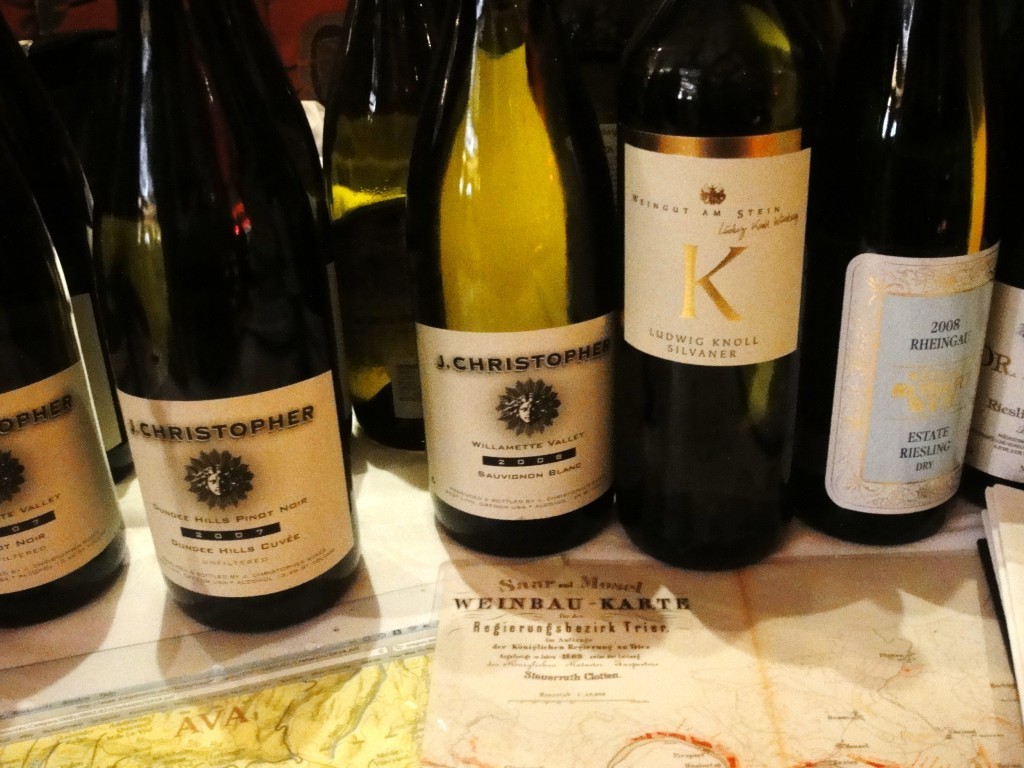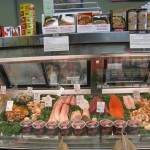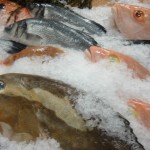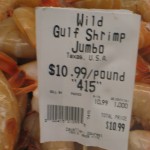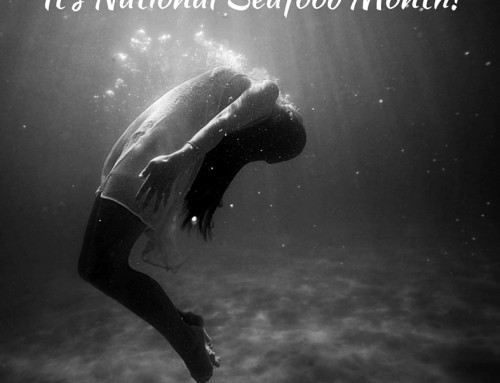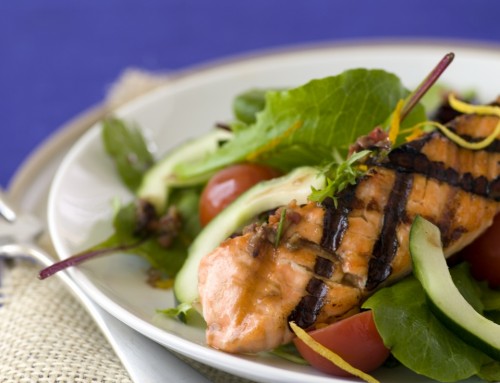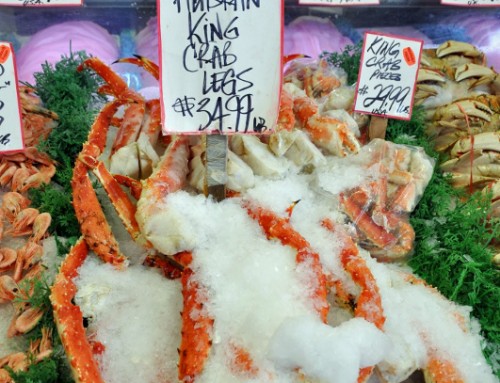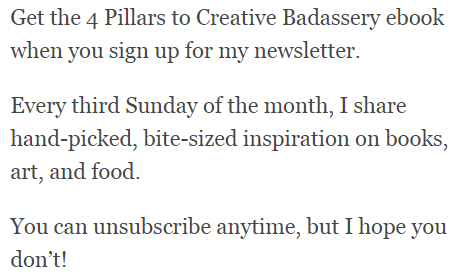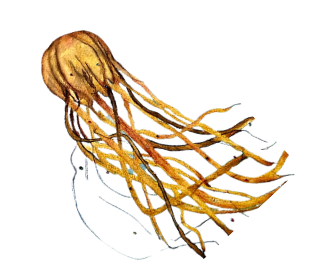Do you ever wonder where food bloggers get their ideas? Well this post materialized over a glass of wine at happy hour.
Imagine that?
I attended the Food Blog Forum this past weekend here in Orlando. I’m going to mention a little about this event first, then on to A Shopper’s Guide in 3 Easy Steps.
My brain buzzed from the information I received at the event and the generous support & wine from Whole Foods Market and McCormick & Schmick’s pre & post party events, respectively. SteamyKitchen.com hosted, Purr Design dished Blog design & functionality, WickedGoodDinner.com demystified “Pitching to the Big Boys”, IZEA talked SEO, Tartelette wowed us with her photographic finesse, and Heather McPherson for the Orlando Sentinel and Jeff Houck for the Tampa Tribune, media savvy panelists, dished sage advice from a traditional media view-point, like our very own Orlando Regis & Kelly. A special thanks goes out to Julie Deily, FBF’s event coordinator. Find Julie at thelittlekitchen.net.
At the post party event, I had the chance to dish catfish (are the farms as bad as Tilapia farms?) , red grouper (flaky, spicy, moist hors d’oeuvres from McCormick & Schmick’s-oh yeah) and what seafood to buy and how to buy it.
How to Buy Fresh Seafood: A Shopper’s Guide in 3 Easy Steps
1. Buy the freshest seafood in the case. Seems obvious, but if you have a fantastic you-need-to-cook-this-mahi-recipe-today mentality, and you get to the market and mahi’s out of season or the blood line is (gasp) brown, not blood red, then you’ll be disappointed. Look for bright red bloodlines, flesh that is firm, not falling apart, eyes clear & not sunk-in (on whole fish) and moist flesh.
2. Ask to smell the seafood before it’s wrapped. Yes, you run the chance that you’ll pi$$ off the fish manager, especially if the market is busy, but hey, it’s your hard earned ca$h, not his/hers. So go ahead, ask to smell it. I can’t state this enough. If it has anything other than a fresh salty, ocean smell, ask to smell another piece.
3. Ask for a specific weight. This will help you keep your cost down and you won’t have waste. Many recipes call for 4-6 ounce portions, or if you’re developing a recipe, I suggest you create it with a 4 ounce portion. If you are buying for two, buy one half pound of fish, not the whole fillet. Fish is sold by the pound. For instance, Mahi-mahi, a sustainable species, and a “Best Choice” according to Monterey Bay Aquarium Seafood Watch is a versatile, abundant selection. Pricing ranges from $12-$15 per pound, that’s $3-$3.75 per 4 ounce portion. That’s affordable.
And that’s it! Now you can buy seafood like a pro. And don’t forget! Bring your cooler and ask for ice to transport your seafood home.
Eat More Seafood!

